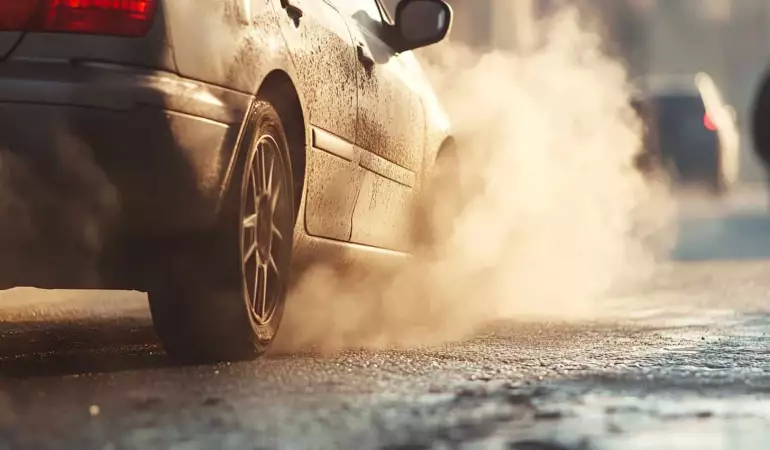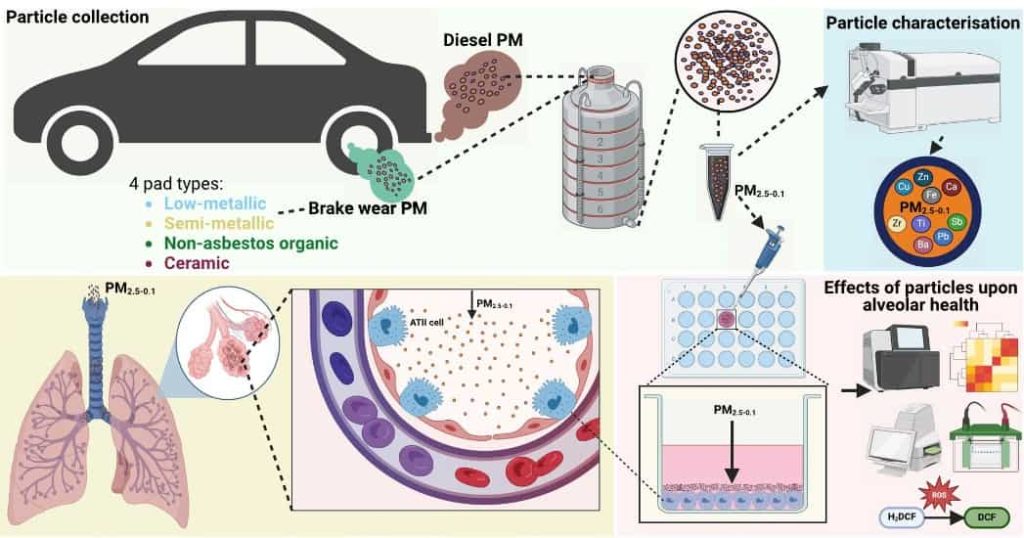New study raises concerns: brake dust more dangerous than diesel?
We all know that diesel exhaust poses a serious health risk. Numerous studies have confirmed this, and regulators recognize this threat. Some countries are already taking steps to phase out diesel vehicles. However, few people know that brake dust, which has received little attention until now, may be even more dangerous than exhaust fumes.
February 20, 2025 17:03
Hazardous brake particles
While regulators focus on gasoline and diesel engines , which are considered the main sources of hazardous emissions, brake-generated particulates can be even more harmful.
This is confirmed by a recent study conducted by scientists at the University of Southampton (United Kingdom) .
Ultrafine particulate matter, less than 2.5 micrometers in diameter (PM2.5), can penetrate the alveoli of the lungs, where they accumulate and cause inflammation. Scientists say these particles are responsible for more than 4 million deaths each year from heart disease, stroke, lung cancer, chronic lung disease and respiratory infections.
Health hazard
The study results reveal that copper-enriched organic and ceramic brake pads cause the highest levels of oxidative stress, inflammation, and pseudohypoxic HIF activation during wear, which is linked to diseases such as cancer and pulmonary fibrosis.
In addition, these pads cause metabolic and metal homeostasis disorders, which may be more dangerous than the particulate matter released by small amounts of metal pads.
This suggests that these particles may have a greater impact on the body's cellular balance than PM from diesel exhaust, and therefore pose a greater health risk than previously thought.

However, the study did not provide information on the brake discs used, which could have influenced the results.
Lack of brake dust regulation
The study authors noted that there is currently no legislation regulating brake wear emissions, and there is also a lack of technologies to reduce their emissions.
Brake dust has a heterogeneous chemical composition. This means that it can have different biological effects depending on the source of the material.
It is clear that there is a need to better understand the biological effects of these pollutants and to take urgent action.
In addition, the spread of electric vehicles (EVs) could further increase emissions from brakes, tires, and roadways. This is due to the increased weight of these vehicles. Emissions are likely to increase further in the future as heavier batteries are introduced.




